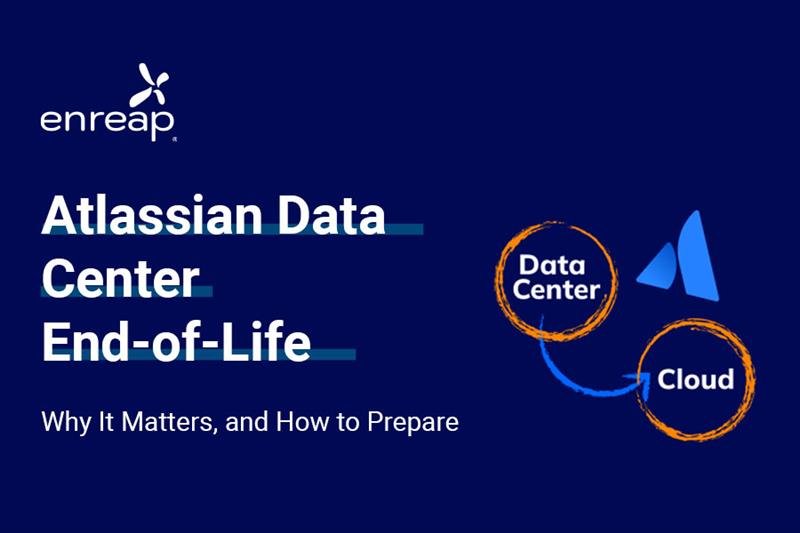Introduction: The Cost of Manual Project Portfolio Management in Jira
Jira is one of the most powerful tools for managing projects and portfolios. Yet many organizations still rely on manual updates—project managers updating issues one by one, exporting data to spreadsheets, and creating reports by hand.
This approach may seem harmless, but for PMOs and Jira users managing multiple projects, the costs quickly add up. Manual project portfolio management isn’t just inefficient—it’s expensive.
In this article, we’ll uncover why manual project updates in Jira are so costly, how to prevent errors, and how to get measurable ROI from your project management efforts.
Why Manual Project Updates in Jira Are So Costly?
Manual updates in Jira often look like “business as usual,” but at scale, they create serious inefficiencies. Here’s why:
1. Time-Consuming Updates
Project managers, scrum masters, and PMOs spend hours each week on repetitive tasks—updating fields, changing statuses, and consolidating data across projects. That’s time not spent on strategy.
2. Data Inconsistencies & Human Error
Manually entered data often leads to inconsistencies: missing fields, incorrect statuses, or duplicate issues. This compromises dashboards and reports at the portfolio level.
3. Delayed Reporting and Decision-Making
When updates aren’t real-time, executives and PMOs can’t rely on dashboards for accurate insights, delaying critical decisions and increasing risk.
4. Increased Administrative Overhead
Teams end up reconciling spreadsheets, correcting mistakes, and creating manual reports. These tasks increase operational costs significantly.
5. Hidden Financial Impact
Multiply the wasted time across dozens of projects and team members, and the labour costs can easily run into thousands—sometimes tens of thousands—per year.
How to Prevent Manual Update Errors and Start Saving Money
The good news? Jira offers a robust ecosystem of tools and automations to help your PMO move away from manual updates:
• Automate Routine Updates
Leverage Jira Automation to trigger status changes, send notifications, or update fields automatically based on conditions.
• Integrate Portfolio-Level Tools
Tools like Advanced Roadmaps, BigPicture, or Structure allow you to manage timelines, dependencies, and reporting across multiple projects from one place.
• Standardize Workflows and Fields
Create consistent workflows and fields across projects to ensure cleaner data and easier reporting.
• Use Dashboards and Filters
Build dynamic dashboards with JQL filters to view live project data instead of manually exporting into spreadsheets.
• Train Your Teams
Short training sessions on Jira best practices ensure project managers and team members update data correctly and efficiently.
Get ROI for Your Project Management
Shifting from manual updates to automation and portfolio-level tools in Jira yields measurable benefits:
- Faster, More Accurate Reporting: Real-time dashboards for leadership.
- Lower Administrative Costs: Less time wasted on repetitive tasks.
- Better Decision-Making: Accurate data = smarter decisions.
- Happier Teams: Less administrative burden, more focus on meaningful work.
The return on investment isn’t just about cost savings—it’s about empowering your PMO to deliver strategic value. With an automated, data-driven approach, you transform Jira from a tracking tool into a true decision-making engine.
Final Thoughts
Manual project portfolio management in Jira may feel like the norm, but the hidden costs are significant. By automating workflows, integrating portfolio tools, and standardizing processes, Jira users and PMOs can save time, cut costs, and improve project outcomes—unlocking real ROI from their Jira investment.




